 Lemongrass (Cymbopogon citratus) is one of just a couple of essential oils that I take with me when I travel by air. That spicy-citrus scent unique to Lemongrass is now embedded in my brain as a smell associated with travel and I get excited to pack my bags when I get a whiff of it!
Lemongrass (Cymbopogon citratus) is one of just a couple of essential oils that I take with me when I travel by air. That spicy-citrus scent unique to Lemongrass is now embedded in my brain as a smell associated with travel and I get excited to pack my bags when I get a whiff of it!
It’s the perfect travel companion: refreshing, toning, uplifting, and balancing. Who doesn’t want ALL of that when they’re jet-lagged, in a place very far from home and can’t make the oral acrobatics of a new language?! Yeah, exactly.
Lemongrass is high in aldehydes (citral, neral, and geranial) and in terpenes (myrcene) which makes it a champ as an antibacterial, analgesic, fungicidal, insecticidal powerhouse. It also makes it a skin sensitizer, a drug interactor, and teratogenic so do your homework on this one!
Here’s what I’ve used Lemongrass for while traveling:
- Cleaning a sketchy hotel bathroom.
- Combating mold and mildew in the hotel room.
- As a bug repellent – I use strips of toilet paper hung from the ceiling or window.
- For jet lag – a drop or two on the shower wall is a delight to the senses when waking up a half-dozen time zones away from “home”.
- In a personal inhaler (aromastick) or on a hankie when touring malodorous places like the fish market.
- Diluted in massage oil for muscle pain from sharing a bus row with two goats and three chickens.
- In a personal inhaler in closed spaces during an infectious outbreak, lovely paired with Basil and hung around the neck in a locket!
Is Lemongrass a good travel companion for you? Perhaps! If you can be careful about dilution (keep it at or below 0.7% in your topical blend), aren’t pregnant or trying to conceive, don’t use nicotine products, and aren’t on opiod analgesics or cancer drugs you might enjoy this essential oil in your travel case.
Got questions on how to use aromatherapy in a holistic way? Drop me a note! I offer in-person consults at my practice here in Austin, Texas and I do phone and Skype consults with fragrant friends around the globe.

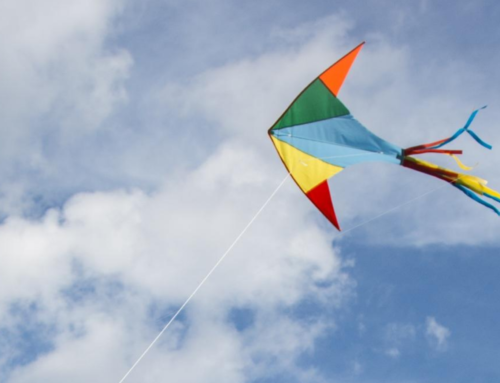
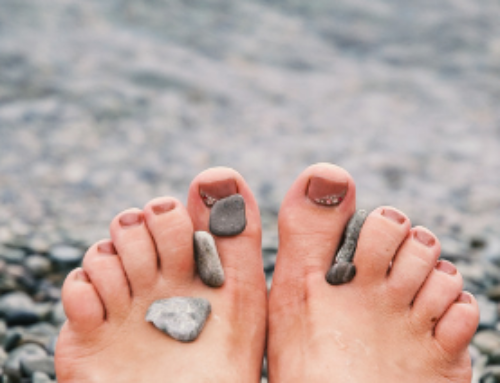
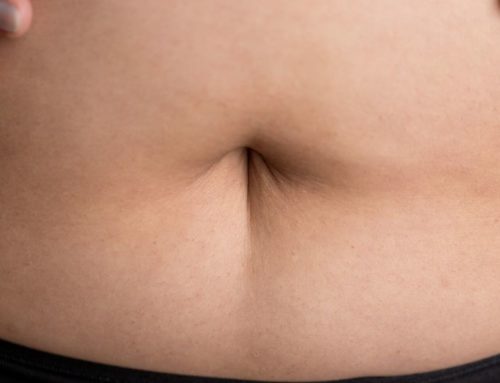
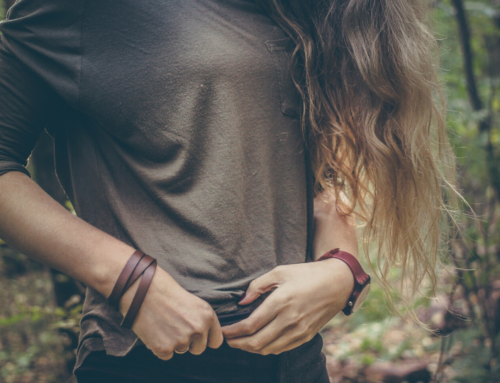
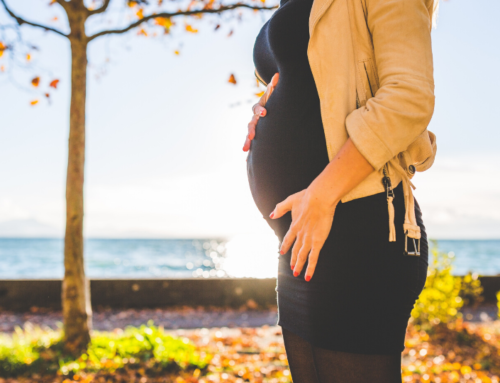

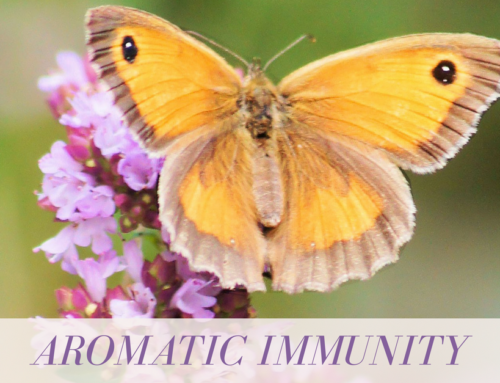
What does 0.7% dillution mean? How can you assess how many drop of carrier oil you need to use for each specific oil properly?
A 1% dilution would look like this: 1 drop of essential oil in a teaspoon (5mls) of carrier oil. The IFRA has done required dermal testing on humans to determine maximum dermal doses and this gives us most of our guidelines in the industry. Some of this data is published online and some of it is privileged to their membership only. You would probably benefit from one source that cites them all. The best, to date, that I’ve found is Tisserand and Young’s Essential Oil Safety second edition published by Churchill Livingstone last year. It’s a massive book but would give you dermal and inhaled guidelines if you don’t have access to that data from an aromatherapy course or your aromatherapist.